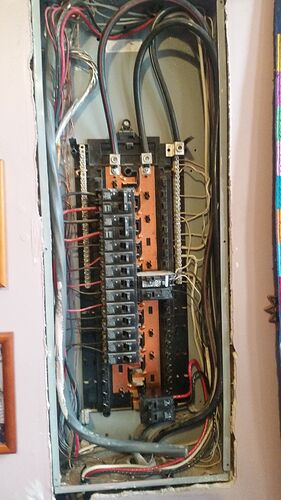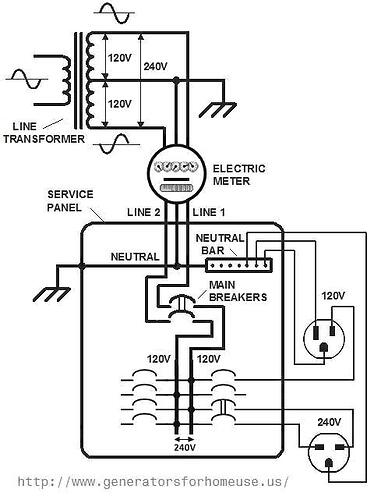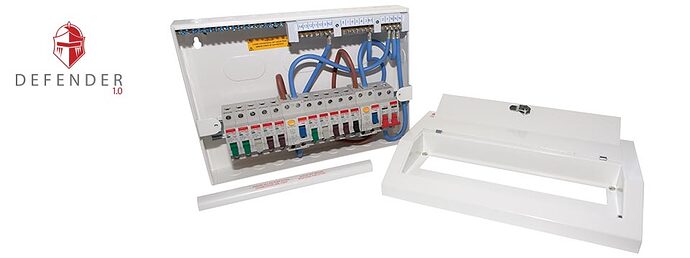Hi all. This project looks great, very impressive, and I’m really happy to be able to support open hardware. I’m trying to put together a system, and I’ve got a few questions. My background is I’m a non-electrical engineer, and I’m completely and shamefully lost when it comes to discussions about circuits. It’s best if I don’t solder or try to build electrical components, I would find local help if I needed to go that route.
So I’d like to start monitoring, I’ve got a solar PV system, so I’d like to track usage vs generation, and I’d also like to monitor one or two zones of my house. I live in New Orleans, so I’m trying to make this work on an American system. I’m planning on adding a bunch of temp sensors, but I’ll save that for another topic 
I’m planning on getting an emonTx V3, and an emonBase.
I’ve considered alternatives to the base, like an android with AMP installed, or a Linux server I already have but doesn’t run 24/7, neither seem like good options (unless the emonTX can store several days worth of output, but I don’t believe it will)
I should probably mention that most of my big loads are going to be non-resistive, mostly a bunch of AC window units (heat pumps). My stove and water heater are gas, I do have a microwave, toaster, and a kettle that are used regularly.
My panel is inside, 200A, the main switch is outside at the meter. There are a couple of feeds to subpanels and a solar PV system is connected to it.
Here’s a pic of the box. I want to measure the main supply (200A, top), solar/PV (50A, bottom right), and the two upper left breakers (60A, 50A). I tried reading the ‘Use in North America’ page and it’s a bit over my head…will I need to put 2 CTs at the top and miss out on measuring one of the other breakers?
The CTs from OEM won’t fit over the main supply wires, they’re about 16mm, apparently 4/0 Al. It would be great if the project could find a good source to offer CTs to fit our big American wires 
I haven’t found a 200A/1V except for the Wattcore that’s been mentioned, but I’m not sure if I need to fit an end on it. This sounds like the first choice, I just need to know how many I need.
I found a YHDC SCT019 (200A/0.33V) Can the output just be multiplied (by 3?) to get a good reading? Also not sure if this has the right cable end.
I also found YHDC SCT013s in 60A/1V, would those be more accurate? They are both +/-1%, but does that mean the inaccuracy is based off of the peak number, or are they the same? Would any adjustments need to be done to these for an accurate measurement? Or is there no advantage to these?
Looking at sensor port #4 on the emonTX, what happens when it exceeds 19A? I don’t expect that subpanel to reach that, but in case it does, are we talking the board gets fried, the port gets fried, or it just won’t register above that level?
One last question…power outages are somewhat frequent here, and I’ve got a grid tie PV system, so it stops producing when power goes out. Will the emonX units automatically turn on when power goes out, or does that have to be done manually?
Thanks for entertaining my questions.




